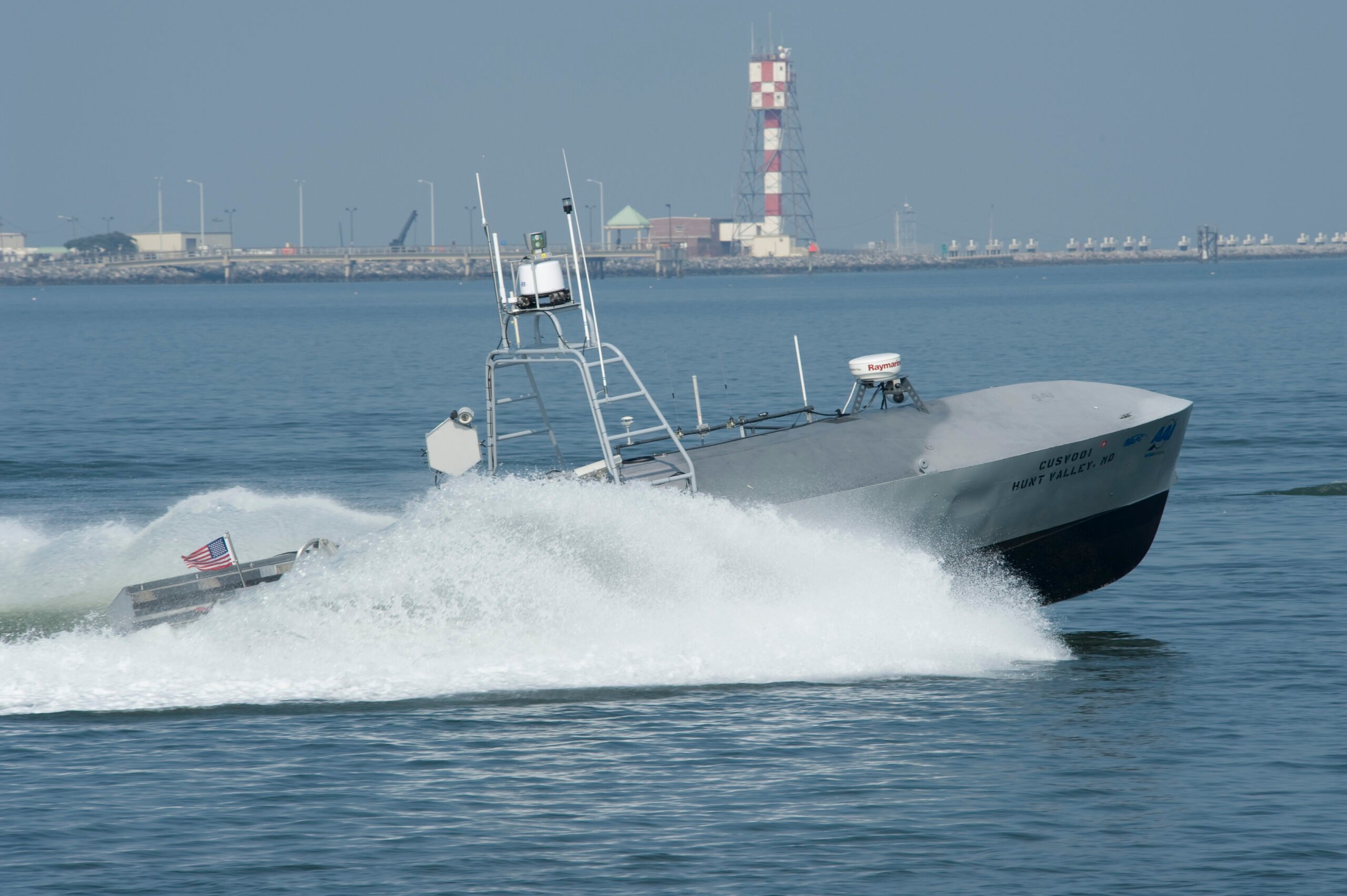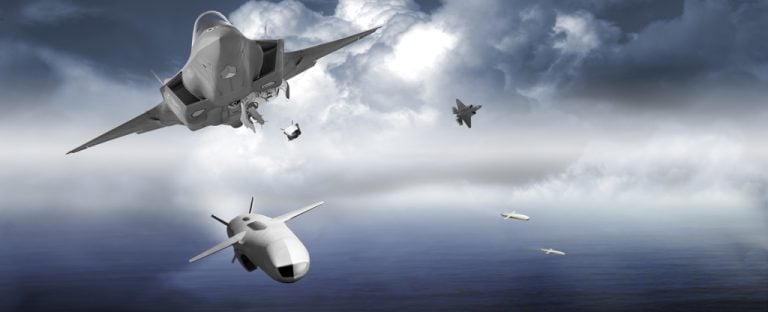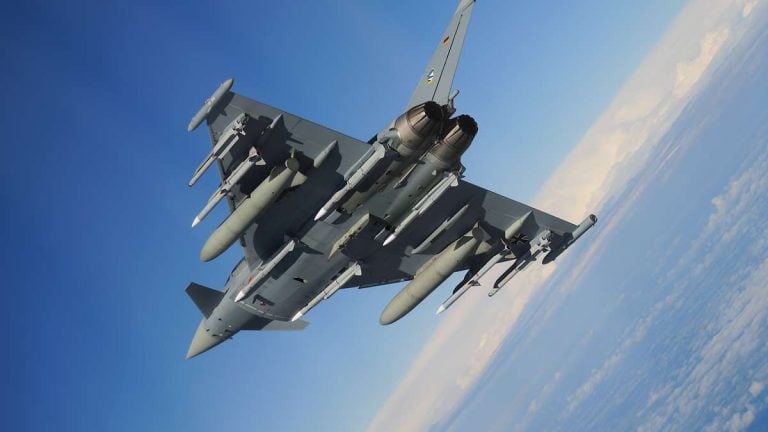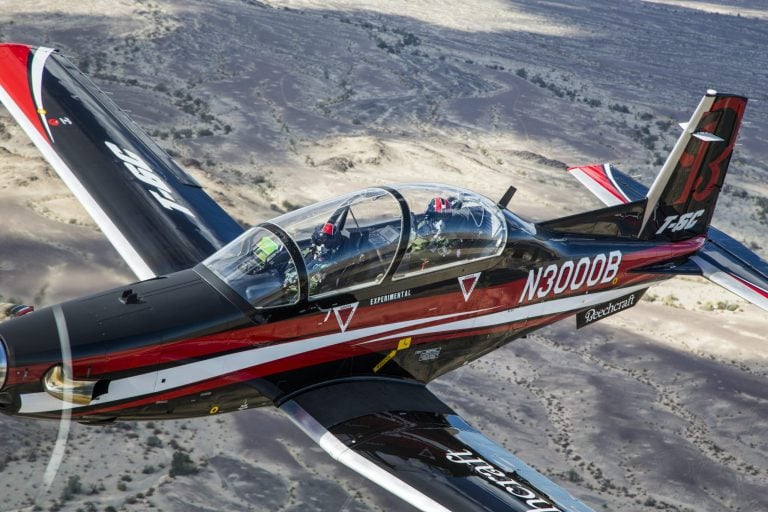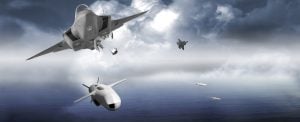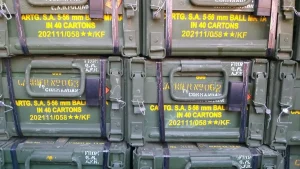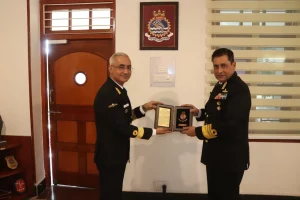In a groundbreaking development for maritime defense, US defense firm Epirus has launched a high-power microwave (HPM) system designed to neutralize both manned and unmanned surface vessels. Named the Leonidas H2O, this innovative technology builds on the company’s existing high-power microwave technology platform, which emphasizes solid-state, software-defined capabilities.
The Leonidas H2O operates by emitting a powerful beam intended to disrupt and incapacitate the electronics of targeted vessels. “The Department of Defense has invested extensive resources into creating a non-kinetic vessel stop solution. However, no operational system has been deployed to date,” stated Epirus CEO Andy Lowery. He emphasized that with the introduction of Leonidas H2O, the company is presenting a proven technology that effectively addresses the existing capability gap in naval defense.
A highlight of this system is its recent demonstration during the US Navy’s Advanced Naval Technology Exercise Coastal Trident (ANTX-CT). The H2O successfully demonstrated its capabilities by targeting four vessel engines with horsepower ranging from 40 to 90. During these tests, conducted at about half of its maximum output power and using limited waveforms, the system showcased its effectiveness from a distance of 100 meters (328 feet). The size of the system was scaled down for the demonstration, making it suitable for practical deployment in scenarios where kinetic responses could pose collateral damage risks, such as in port defense or near coastlines.
Additionally, the Leonidas H2O’s software has been adapted for maritime applications, enhancing its operational versatility. Brendan Applegate, principal investigator for the ANTX-Coastal Trident program, highlighted the value of Epirus’ participation in such experiments, stating that it provides essential insights into leading-edge technologies vital for advancing the Navy’s mission.
The Leonidas microwave weapon line had its initial introduction in 2020 as a ground-based solution aimed at defending forward bases against drone swarms. Since then, it has undergone adaptations to be integrable with Stryker armored vehicles and unmanned aerial platforms. Building on its previous demonstrations, Epirus announced plans to showcase a sea-based variant of the Leonidas amid the increasing use of sea drones by various actors, both state and non-state.
In recent conflicts, such as Ukraine’s responses against Russia’s Black Sea fleet and attacks by Houthi rebels on merchant vessels, the need for robust maritime defense solutions has become evident. All variants of the Leonidas not only feature scalable, open architecture but also possess an unlimited magazine capacity. Importantly, they emit non-ionizing radiation, ensuring safety for ordnance, fuel, and personnel in their operational vicinity.
As military engagements evolve and the landscape of maritime threats continues to shift, the Leonidas H2O stands out as a significant advancement in non-kinetic defense technologies.
